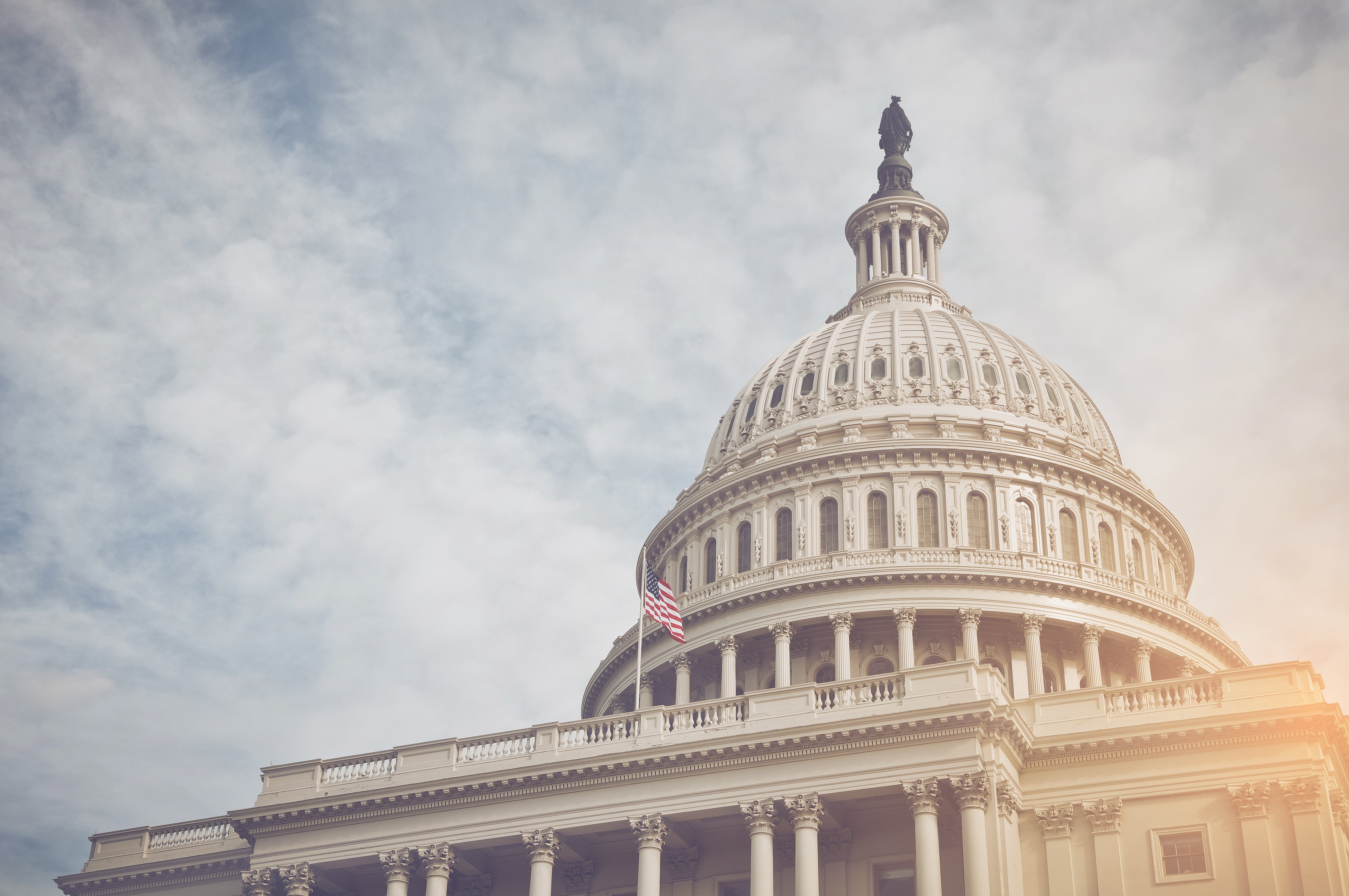Entity’s Debt Is Not Modified Upon Conversion to Corporation, IRS Rules
In a recent private letter ruling (PLR 202337007), the IRS ruled that a taxpayer’s proposed transaction that would convert a limited liability...

The IRS on June 9, 2023, released generic legal advice memorandum AM 2023-004,[1] which addresses whether developing paid name, image and likeness (NIL) opportunities for collegiate student-athletes furthers an exempt purpose under Internal Revenue Code Section 501(c)(3).
The memorandum concludes that many 501(c)(3) organizations developing these opportunities for student athletes are not tax-exempt because the private benefits they provide to student-athletes are not incidental, either qualitatively or quantitatively, to any exempt purpose furthered by that activity.
In 2021, the NCAA adopted an interim NIL policy permitting student-athletes to be compensated for use of their NIL without impacting their NCAA eligibility. Under the interim policy, student-athletes may receive compensation for NIL activities subject to certain limitations.
The interim policy prohibits NIL agreements without a quid pro quo (i.e., compensation for work not performed) and agreements in which compensation is contingent on enrollment at a particular school or athletic participation or achievement. In addition, state laws and university-specific NIL policies may impose additional requirements or limitations on student-athlete NIL activities.
Since the interim policy was adopted, many organizations, generally referred to as “NIL collectives,” have been established by boosters and fans of one or more of a university’s athletic programs to develop, fund or otherwise facilitate NIL deals for student-athletes. NIL collectives generally operate independently of the affiliated university, and some are formed as nonprofit entities under state law and have applied for and received recognition of tax exemption under Section 501(c)(3) using Forms 1023 and 1023-EZ.
In general, a nonprofit NIL collective pools contributions, identifies and partners with local and regional charities to develop paid NIL opportunities for student-athletes of the university, and pays compensation to the student-athletes in exchange for their NIL in a manner consistent with NCAA regulations, university policies, and state and local laws. The paid NIL opportunities typically include promoting the collective or a partner charity through a video or social media post, attending a fundraising event, autographing memorabilia for the collective or a partner charity to sell, or participating in or leading a sports camp.
The issue considered in the IRS memorandum is whether an organization that develops paid NIL opportunities furthers an exempt purpose under Section 501(c)(3).
Section 501(c)(3) provides exemption for organizations organized and operated exclusively for one or more of the exempt purposes set forth in 501(c)(3). The regulations provide that an organization is not operated exclusively for exempt purposes unless it serves public and not private interests.[2] When an organization serves both public and private interests, the private benefit must be clearly incidental to the overriding public interest.
Unlike the prohibition against private inurement to insiders, which is absolute, private benefit to non-insiders will not preclude an organization from exemption under Section 501(c) (3) if the private benefit is incidental in both a qualitative and quantitative sense. To be qualitatively incidental, the private benefit must be a byproduct of the exempt activity or a necessary collateral result to the accomplishment of the exempt purpose. To be quantitatively incidental, the private benefit must be insubstantial in amount when compared to the overall public benefit conferred by the activity.
Applying these principles to nonprofit NIL collectives, the IRS states in the memorandum that the benefit to private interests will, in most cases, be more than incidental, both qualitatively and quantitatively. The IRS found that the private benefit received by the student-athletes was not qualitatively incidental for numerous reasons. The memorandum notes that the compensation received by the student-athletes is not a byproduct — but rather a fundamental part — of a nonprofit NIL collective’s activities, and that in many circumstances the compensation for NIL activities is the very justification for the organization’s existence. It further noted that the benefits received by the student-athletes extend beyond compensation by relieving the student-athletes of the transaction and compliance costs they would otherwise incur to participate in an NIL deal (e.g., identifying and vetting partner charities, negotiating the terms of the NIL deal and ensuring compliance with state NIL laws).
The IRS also found that the private benefit to student-athletes is not quantitatively incidental because the private benefit received by the student-athletes was not insubstantial when compared to the overall public benefit conferred by the activity. The memorandum noted that many NIL collectives pay, or intend to pay, all funds to student athletes after payment of administrative and other expenses, with some promising to pay 80% or even 100% of all contributions to student-athletes, which by any measure could not be considered incidental.
The IRS Office of Chief Counsel concluded that many organizations that develop paid NIL opportunities for student athletes are not tax-exempt as described in Section 501(c)(3) because the private benefits they provide to the student-athletes are not incidental — either qualitatively or quantitatively — to any exempt purpose furthered by that activity.
INSIGHT: Although not binding law or precedential guidance, the memorandum provides a strong sign of the position the IRS is likely to take when reviewing new applications for exemption and in examinations of NIL collectives that have recently received favorable determination letters. Furthermore, boosters seeking to write off donations to NIL collectives as tax deductible should be aware of the IRS’s newly stated position.
Written by Marc Berger. Copyright © 2023 BDO USA, P.C. All rights reserved. www.bdo.com
[1] A generic legal advice memorandum, or GLAM, constitutes internal IRS legal advice from the Office of Chief Counsel to assist IRS service personnel in administering their duties. It is not binding law and cannot be used or cited as precedent.
[2] Treas. Reg. Sec. 1.501(c)(3)-1(d)(1)

In a recent private letter ruling (PLR 202337007), the IRS ruled that a taxpayer’s proposed transaction that would convert a limited liability...

President Donald Trump signed the “One Big Beautiful Bill Act” (OBBBA) into law on July 4, following a 51–50 Senate vote on July 1 and a 218–214...

Effective January 1, 2024, U.S. and foreign entities doing business in the U.S. may be required to disclose information regarding their beneficial...